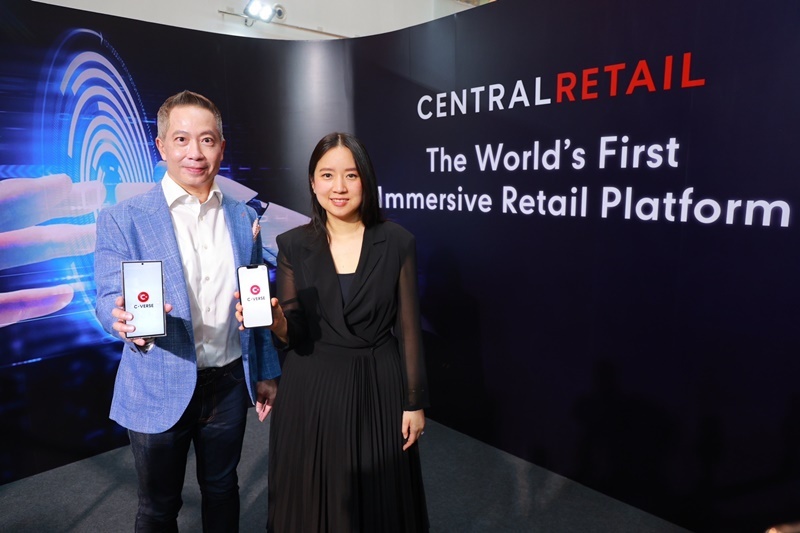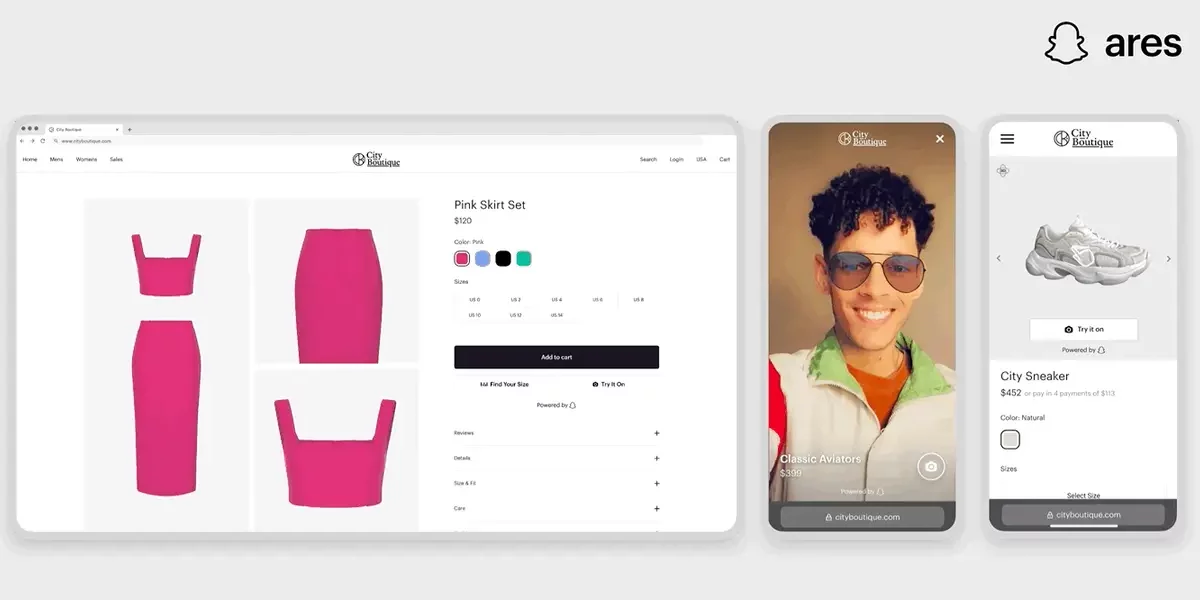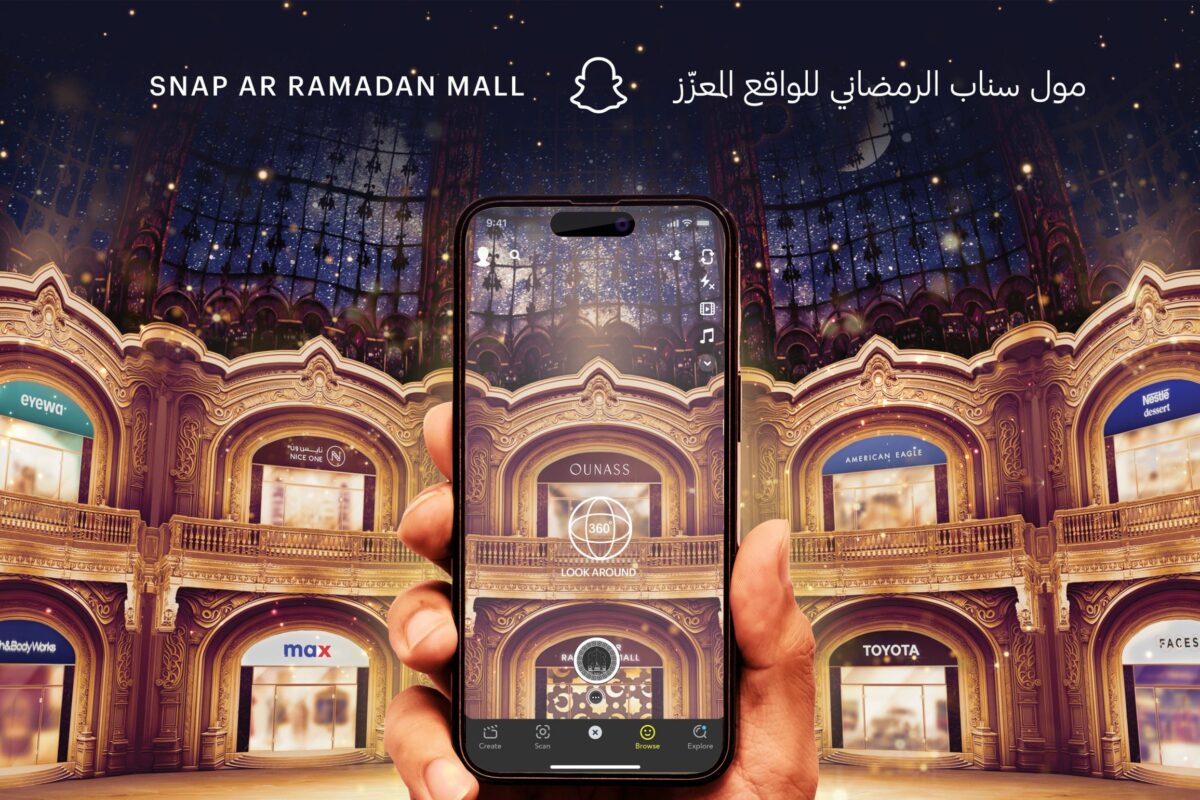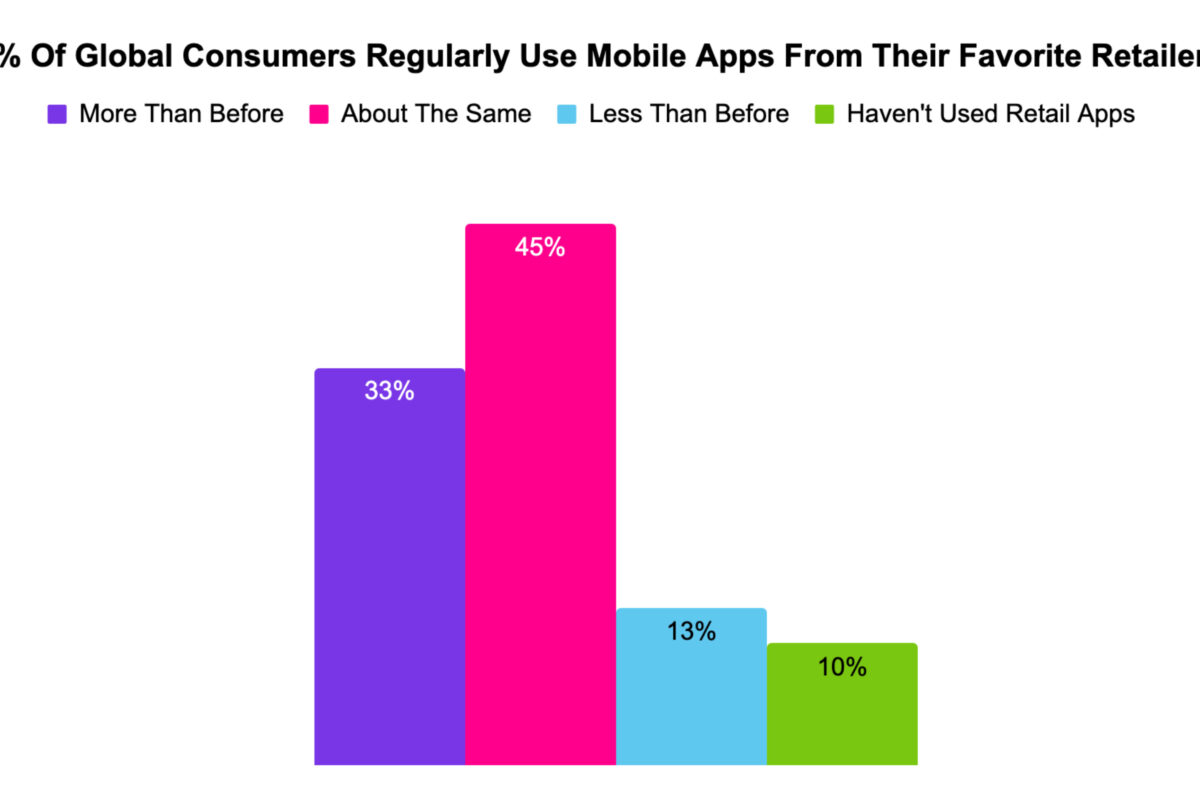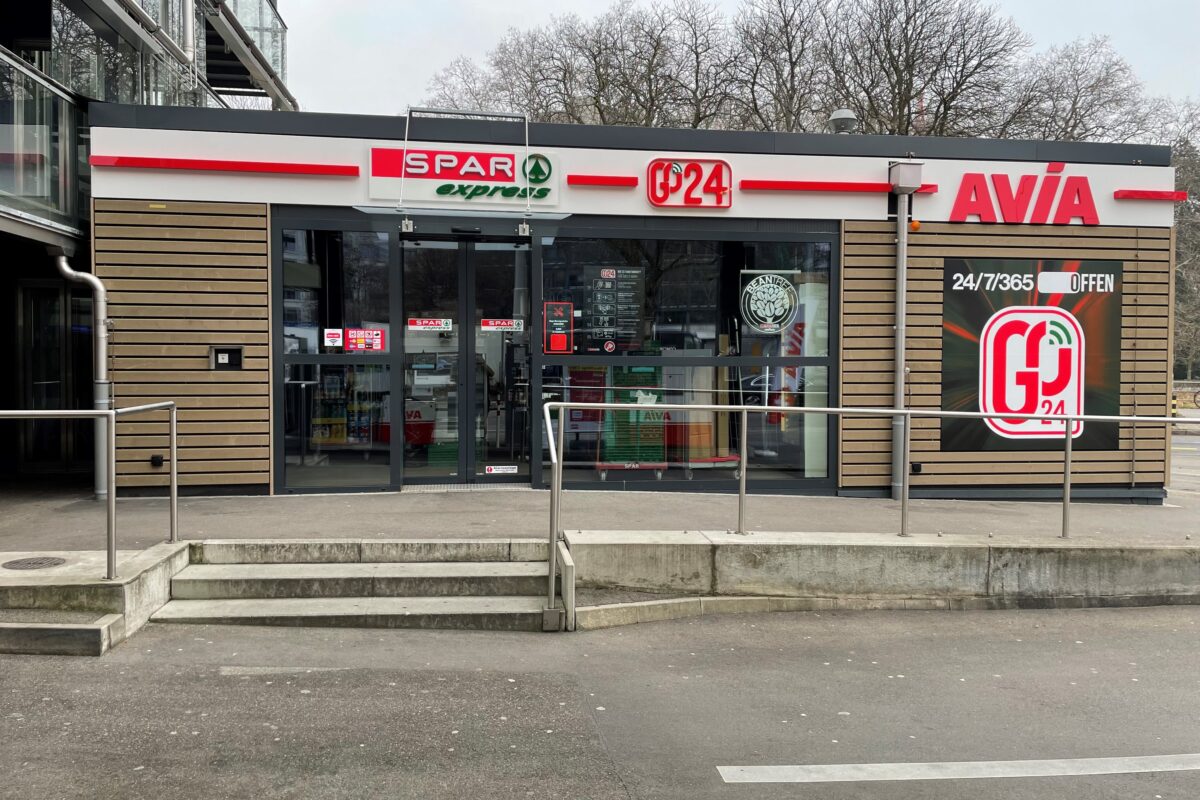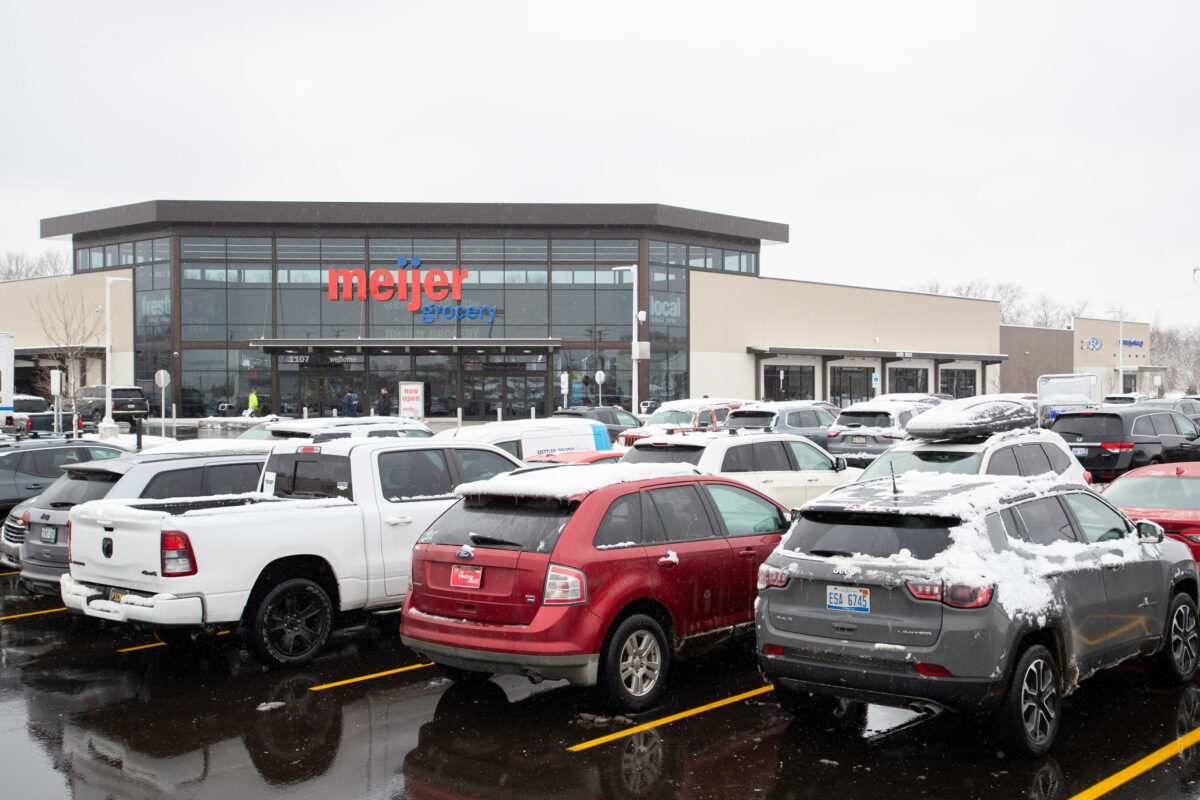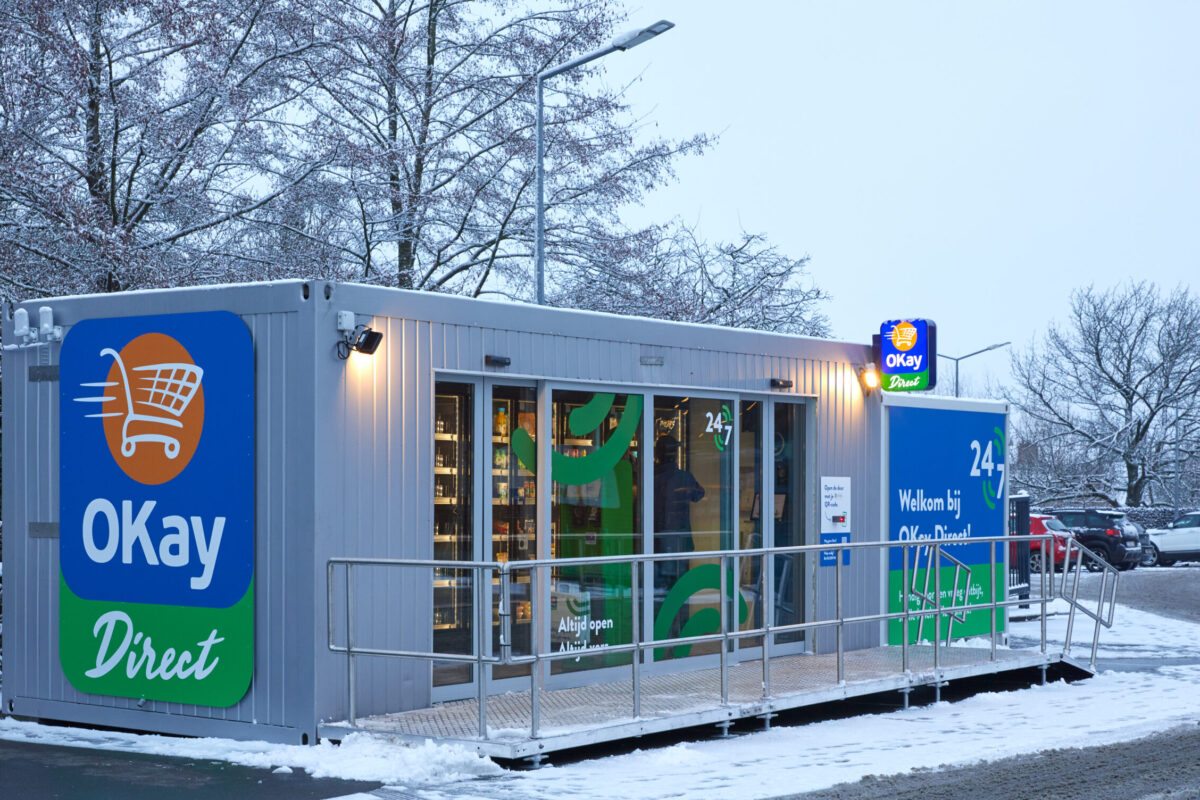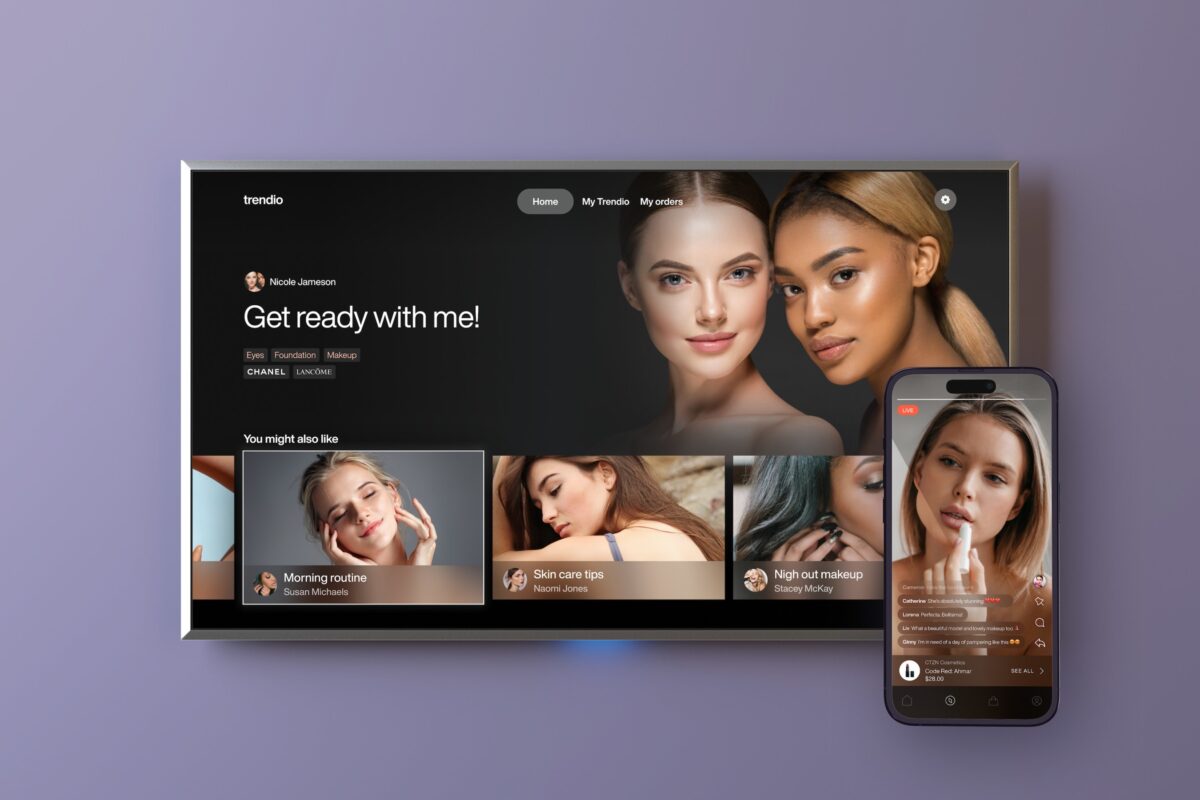Heading toward a convenient shopping experience using self-scanning
by Julia Pott (exclusively for EuroShop.mag)
A convenient and user-friendly shopping experience with a seamless checkout is a critical success factor for brick-and-mortar retailers but is still proving difficult. Several technologies help make this a reality, albeit many only step by step. One of them is self-scanning.

© iXtenso/Laska
Checkouts and queues are critical to the customer’s shopping experience. Service providers and retailers are gradually coming around to the idea of a completely seamless checkout process thanks to new solutions. But the implementation is a time-consuming and expensive exercise. There are already some options for individual steps of shopping designed to make this process more convenient, prompting customers to (seemingly) shop autonomously and efficiently.
Steps to a “seamless checkout” experience
Checkout-free and video surveillance-powered stores are still few and far between. Self-scanning apps, also known as “Scan & Go” technology, are a compromise and a step towards a completely seamless shopping experience.
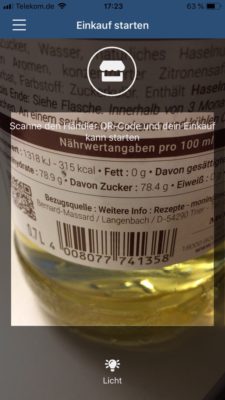
Screenshot of a barcode scan from the Roqqio BuyBye App // © iXtenso/Pott
The biggest customer benefit: They no longer have to put their items on the conveyor belt at the checkout and repack them after the scanning and payment process. Instead, consumers must self-scan the product barcodes and therefore spend less time in the checkout queue. The apps also provide an overview and tally of the virtual shopping cart. Some apps also feature a built-in shopping list.
Fixing the checkout
Available payment methods often vary depending on the provider and the retailer but at the same time they’re also a top critical success factor for apps like these. There are three basic approaches:
Some apps like the solution by Scansation generate a QR code on the smartphone once the customer has completed his/her shopping. The customer scans the code at the checkout and pays as usual. The goal here is to shorten wait times since the merchandise remains inside the shopping cart. (According to Scansation, respective interfaces also enable payment at a separate terminal or via the app itself). That said, the checkout infrastructure on the sales floor generally remains the same.
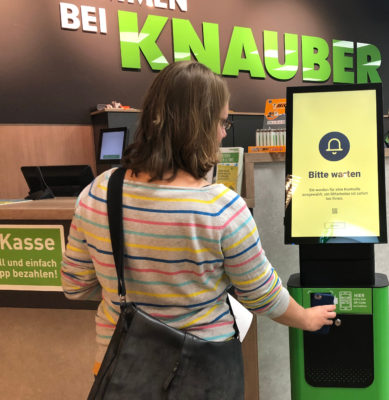
© iXtenso/Laska
If the customer uses self-checkout at a separate cash register or terminal, retailers still need the respective hardware. Although employees should always be on hand to answer any customer questions or to perform random checks, they still have more time for other tasks compared to a traditional cash register if retailers utilize such solutions. IKEA and Knauber Hobbymarkt are just two retailers who have used self-checkout systems or terminals combined with the self-scanning app from Snabble (test report).
However, retailers who no longer use separate checkout stations for this setting create the most convenient shopping experience for their guests. Customers use their phones to pay for their purchases via a payment app and simply leave the store, no need for further steps at a checkout or a terminal. This “seamless checkout” not only saves money in terms of the cash register infrastructure and frees up more time for staff, it also creates more space on the sales floor that can be used to sell other products. Even though this involves software costs for the apps, retailers benefit enormously from direct contact with customers via their smartphones. This allows them to send real-time, location-based push notifications to the customer’s mobile phone.
Inviting people to steal? A loss prevention system is a must
Theft is one of the major concerns for retailers when customers use self-checkout solutions. The fear is that once they no longer have to scan every single item at the checkout or use their own shopping bags inside the store, consumers might be tempted to just take products without paying for them.
To counteract this scenario, self-scanning applications often feature built-in barriers: customers need to limit the number of items, products should be clearly visible inside the shopping cart or documented by photo, or an employee must check and match the purchases. Needless to say, none of these measures contribute to creating a completely seamless shopping experience.
One concept in this setting involves setting up the entire store with sophisticated video surveillance and artificial intelligence that can detect and distinguish individual items, often by adding smart shelf sensors that recognize removed products based on weight changes. This type of solution yields a unique shopping experience but also necessitates a complex and cost-intensive store conversion.
So how can retailers implement self-scanning and self-checkout systems by using simpler means and making shopping more secure in the process? Some manufacturers count on the shopping cart.
Combining a mobile device with the shopping cart
Here are two unique examples of this approach:
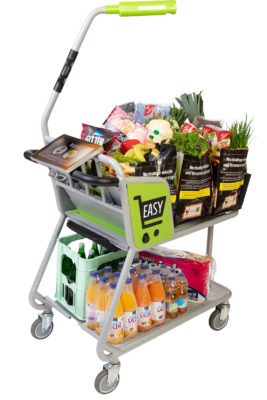
© EDEKA Minden-Hannover
Easy Shopper is a solution that utilizes the shopping cart and is currently implemented in nearly 30 stores of the retail chain Edeka in Germany’s Lower Saxony region and in outlets across the U.S. and Canada. The Easy Shopper shopping cart features an integrated barcode scanner. Customers use it to scan product codes and manage the virtual shopping cart via the app and a touchscreen on the shopping cart. Shoppers can then place their purchases into their own shopping bags inside the cart and pay at special Easy Shopper checkouts or via the app. The final step is to pick up the receipt at a cash register. The system uses an integrated camera that is attached to the shopping cart, and built-in scales to check and match the actual items with the information the customer has entered.
Bizerba offers Supersmart, a self-scanning solution that also uses the shopping cart as a valuable tool. What makes this system unique is that it utilizes a type of “self-checkout station”. The scanning technology is not embedded in the shopping cart in this case. Instead, the customer positions the shopping cart inside a station that is equipped with weight sensors and cameras. Using a multi-stage validation process featuring computer vision, AI, and big data, the system checks and matches the items. It also learns continually from the stream of data. Customers can subsequently pay with the app.
When will the seamless checkout become part of the shopping experience? And which technologies will customers prefer on the way there? We will keep an eye on that. Get a first-hand account of this at EuroCIS 2021 – The Leading Trade Fair for Retail Technology.






